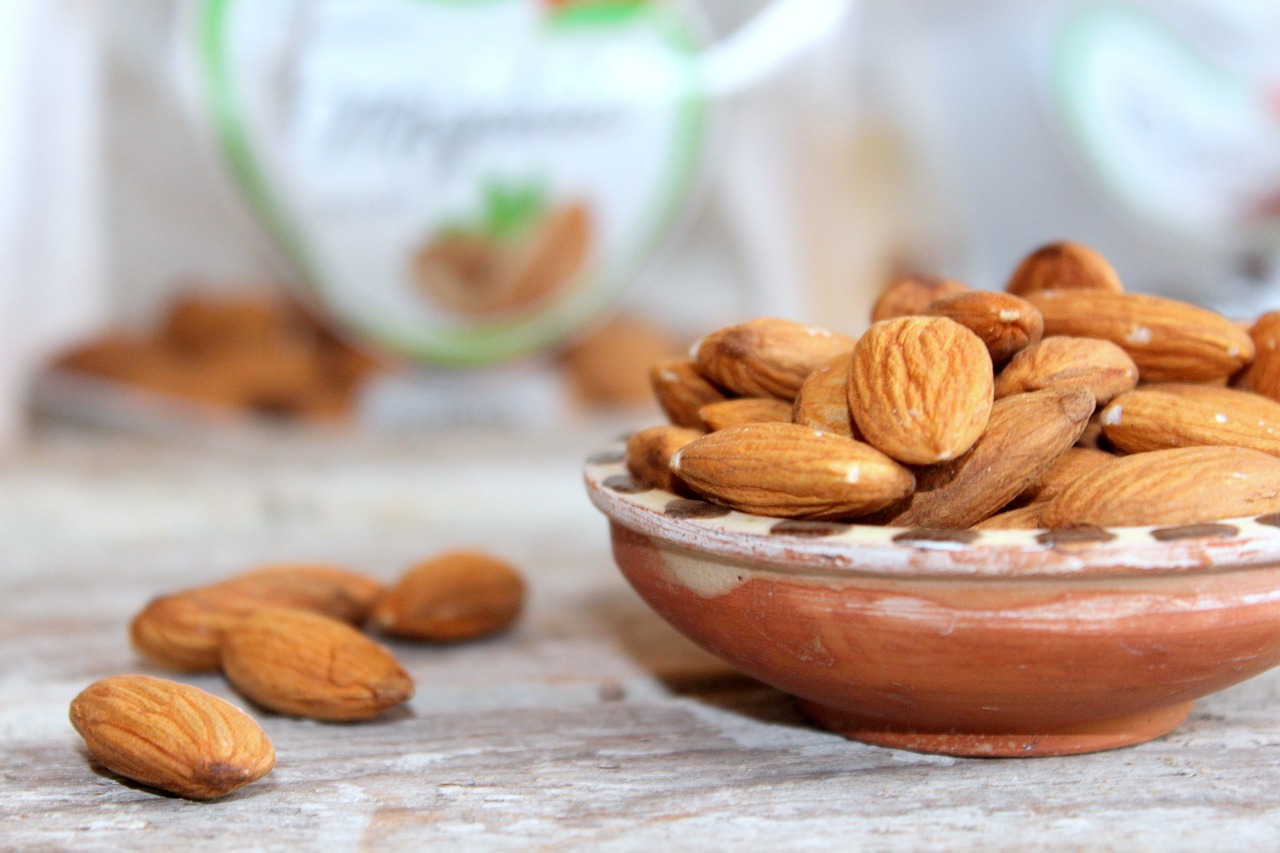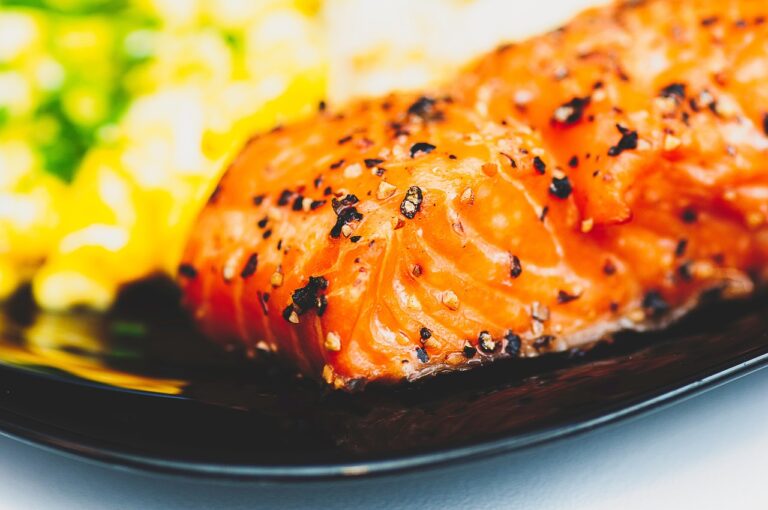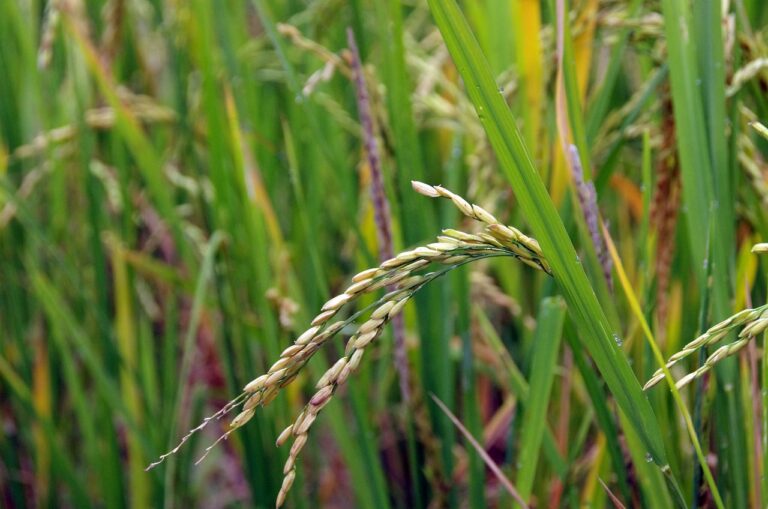Exploring the Art of Food Preservation: From Fermentation to Freezing
Food preservation has been a fundamental practice since ancient times as a way to prolong the shelf life of perishable food items. Early civilizations utilized methods such as drying, smoking, salting, and fermenting to preserve food and ensure its availability during times of scarcity. These methods were crucial for survival in communities where food was not readily accessible year-round.
In the Middle Ages, advancements in food preservation techniques continued to evolve with the introduction of pickling and canning processes. Pickling involved submerging food items in a brine solution, while canning utilized sealed containers to store food for extended periods. These developments not only helped prevent food spoilage but also played a key role in expanding trade routes and sustaining populations during famines or long voyages.
Different Methods of Food Preservation
One commonly used method of preserving food is canning. In this process, food is placed in airtight containers and heated to kill bacteria. The sealed containers prevent the growth of microorganisms, keeping the food safe for consumption for an extended period.
Another popular method is freezing. By lowering the temperature of the food, the growth of bacteria and other microorganisms is slowed down significantly. Freezing also helps to retain the nutrients and texture of the food, making it a convenient and effective way to preserve perishable items such as fruits, vegetables, and meat.
Benefits of Fermentation
Fermentation has been praised for its ability to enhance the flavors and nutritional value of foods. Through the process of fermentation, beneficial bacteria and enzymes break down food components, making them easier to digest and absorb. This can lead to improved gut health and overall well-being.
Additionally, fermentation helps to extend the shelf life of foods, reducing food waste and allowing for preservation without the need for artificial additives or high amounts of salt or sugar. This natural preservation method not only helps to maintain the freshness of foods but also contributes to the development of unique and complex flavors that can enhance culinary experiences.
• Fermentation enhances the flavors and nutritional value of foods
• Beneficial bacteria and enzymes break down food components, making them easier to digest
• Improved gut health and overall well-being can result from fermentation
• Fermentation extends the shelf life of foods, reducing food waste
• Preservation without artificial additives or high amounts of salt or sugar is possible through fermentation
• Natural preservation method maintains freshness of foods
• Unique and complex flavors are developed through fermentation that enhance culinary experiences
What is the history of food preservation?
Food preservation has been practiced for centuries as a way to extend the shelf life of food and prevent spoilage. One of the oldest methods of food preservation is fermentation.
What are the different methods of food preservation?
There are various methods of food preservation including canning, freezing, drying, pickling, and fermentation. Each method has its own benefits and uses.
What are the benefits of fermentation?
Fermentation is a natural process that can help to preserve and enhance the flavor of food. It also has the added benefit of increasing the nutritional value of certain foods and promoting gut health.







